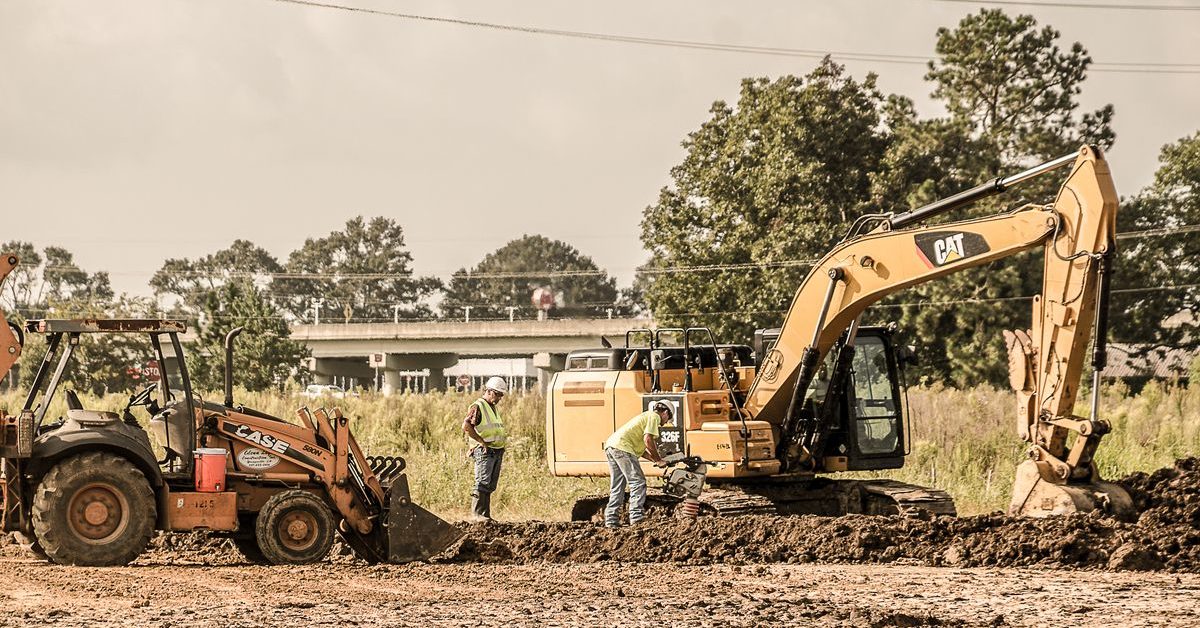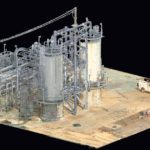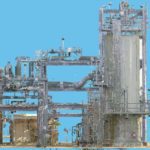Digital twin technology has advanced rapidly in recent years and has found many use cases in the architecture, engineering, and construction (AEC) fields.
In the construction industry, digital twins have become increasingly popular as a way to manage construction projects. They can be used to track the progress of projects, identify potential problems, manage resources, and optimize construction processes.
While digital twin technology provides many benefits to construction companies, it also comes with security risks. One of the biggest risks is that a digital twin can be hacked. If unscrupulous actors gain access to your digital twin, it would allow them to study the physical asset being replicated. Worse, they may decide to destroy or damage the physical counterpart of your digital twin.
To safeguard your digital twin and the built asset it replicates, you’ll need to upgrade your security system. Among other things, you’ll need to encrypt the connection between your digital twin and its physical counterpart.
In this article, we’ll explore the many benefits of using digital twin technology in the construction industry. We’ll also explore some major projects that have benefited from the use of digital twin technology.
Why Is Digital Twin Technology Important in Construction?
The main benefit of digital twin technology in construction is the fact that its use improves the analytical capabilities of building information modeling (BIM). Digital twins feed BIM models with additional data points. This allows stakeholders to analyze the real-time status and working conditions of built assets, as well as measure the impact of potential changes.
In the context of AEC, the digital twin lifecycle initiates during the design phase, continues into the construction phase, and matures during the operational phase. Firms need to collaborate with their clients to pin down the desired operational outcomes and the data required to deliver those outcomes. At handover, the digital twin needs to accurately mirror the built asset’s classified object and asset data.
Once the building’s occupants move in, the operational phase of the lifecycle begins. The digital twin should be connected to other systems—such as high-definition survey/laser scanners, sensors, drones, cameras, and other devices—to collect operational performance data.
Facility owners and managers can track key metrics using their digital twins—such as energy consumption, carbon emissions, structural enhancements, and predictive maintenance. To ensure accurate assessments, the digital twin needs to evolve over time and be fine-tuned with a constant stream of data from its physical counterpart.
Another major benefit of digital twin technology in the construction industry is resource management. Automated data delivery allows project stakeholders to anticipate allocation issues, as well as balance labor costs with budgets. This, in turns, allows the job site to operate more efficiently and profitably.
Digital twin modeling also facilitates streamlined facility management. For example, when structural components break down and repairs are needed, the digital twin can pinpoint the problem areas and share the specs with repair technicians.
What are the Benefits of Digital Twin Technology in Operations and Maintenance?
The use of digital twin technology offers numerous benefits throughout every stage of the construction lifecycle. In this section, we’ll examine how its use positively impacts design and planning, workplace safety on the job site, and the project approval process.
Develop New Architectural Models
While traditional architectural models are scale models built using a variety of materials, buildings are increasingly being designed using CAD systems. BIM software is an extension of computer-aided design, and its use allows architects, clients, and other stakeholders to immerse themselves in 1:1 scale models. This allows them to scrutinize the structure before the construction phase even begins.
Minimize Worker Risk in Construction Sites
Digital twin technology is being utilized by various industries—including manufacturing, construction, and oil and gas—to maximize workplace safety. Such industries are turning to wearable technology (such as smart heads-up displays, body-mounted sensors, and smart workwear) to ensure the safety of their workers.
In the construction industry, digital twin technology is used to study and contextualize applicable health and safety protocols and procedures. It’s also used to accurately tag and document onsite hazards, as well as remotely train workers about the correct safety measures before they even set foot on the job site.
Pre-launch Construction Projects
The use of digital twin capabilities has major benefits for pre-launch construction projects. One of the biggest roadblocks facing architects who are in the process of designing new buildings and projects is testing the practicality of their designs.
During the design development phase, both the project owner and architect often have to limit their vision in order to comply with existing safety regulations. To ensure compliance with safety regulations, the new design would have to be tested in the real world—an endeavor that would necessitate a considerable amount of capital, resources, and time.
Using digital twin technology, the architect and project owner can test out their ideas in a virtual environment that is backed by its physical counterpart. They can test their ideas against a number of real-world factors, including weather patterns, gravity, and building occupancy.
The usage of digital twin simulations would allow them to demonstrate the safety, practicality, and sustainability of their building plans to the necessary authorities and expedite the approval process.
Examples of Digital Twins in the Construction Industry and Urban Planning
Since any part of the built environment can be digitally replicated, that means entire buildings, landmarks, and even cities can be planned, built, studied, and managed using digital twin technology.
Here are some notable examples of digital twins in the construction industry and urban planning:
CRB and Matterport’s Operation Warp Speed
During the height of the COVID-19 pandemic, CRB (a global solutions provider for the pharmaceutical and biotech industries) and Matterport (a spatial data provider) partnered to design and build new production plants as part of Operation Warp Speed.
CRB used Matterport to capture the layout of existing plants, as well as optimize the design and layout of new plants. The resulting digital twins allowed CRB to model the workflow and safety properties of the newly constructed facilities to identify any bottlenecks prior to construction.
The use of digital twin technology also reduced the need for engineers to travel to new or existing plants for physical site assessments by 90%. The associated amount of time required to complete physical site assessments also fell by one-third (i.e. from approximately three days to just one day).
Virtual Singapore
Virtual Singapore is a three-dimensional replica of the city-state of Singapore. Using a combination of topographical and real-time, dynamic data, Virtual Singapore is used to simulate and test new solutions to the country’s urban planning challenges.
This digital twin is used to implement a number of projects—including testing the coverage areas of 3G and 4G networks, reviewing and testing new construction developments, modeling evacuation procedures during emergencies, and analyzing transport flows and pedestrian patterns.


